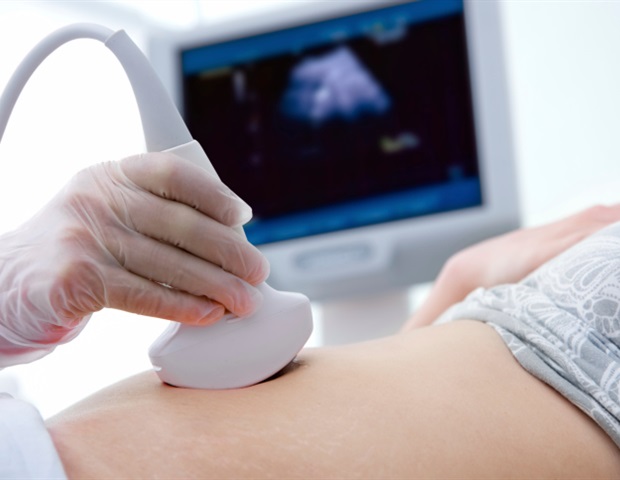According to an accepted manuscript published in ARRS' American Journal of Roentgenology (AJR), ACR TI-RADS and a deep learning algorithm trained on adult populations offer alternative strategies for evaluating thyroid nodules in children and younger adults, including guiding decisions to perform fine-needle aspiration.
"Both ACR TI-RADS and the deep learning algorithm had higher sensitivity, albeit lower specificity, compared with radiologists' overall impressions," wrote co-first author Jichen Yang, BSE, from the department of electrical and computer engineering at Duke University in Durham, NC. Adding that the algorithm had similar sensitivity, but lower specificity, than ACR TI-RADS, "interobserver agreement was higher for ACR TI-RADS than for overall impressions," Yang noted.
In this AJR accepted manuscript, 139 patients (119 female, 20 male) aged ≤21 years with a thyroid nodule on ultrasound with definitive pathologic results from fine-needle aspiration and/or surgical excision were evaluated from January 1, 2004 to September 18, 2020. Single transverse and longitudinal images of one nodule per patient were then extracted. Three radiologists independently characterized nodules based on overall impression (benign vs. malignant) and ACR TI-RADS. A previously developed deep learning algorithm determined malignancy likelihood for each nodule, which was used to derive risk level.
The code repository for Yang and colleagues' deep learning algorithm is available here.
Ultimately, for evaluating thyroid nodules via ultrasound in children and young adults, radiologists' overall impressions-;representing the current standard clinical approach-;had mean sensitivity of 58.3% and mean specificity of 79.9%; ACR TI-RADS had mean sensitivity of 85.1% and mean specificity of 50.6%, and a deep learning algorithm had sensitivity of 87.5% and specificity of 36.1%.
"Given the heightened priority for sensitivity when evaluating thyroid nodules in children, compared with in adults, the findings support the continued exploration in children of ACR TI-RADS and of the deep learning algorithm," Yang et al. concluded in this AJR accepted manuscript.
American Roentgen Ray Society
Yang, J., et al. (2022) Thyroid Nodules on Ultrasound in Children and Young Adults: Comparison of Diagnostic Performance of Radiologists' Impressions, ACR TI-RADS, and a Deep Learning Algorithm. American Journal of Roentgenology. doi.org/10.2214/AJR.22.28231.
Posted in: Device / Technology News | Medical Science News
Tags: Adenoma, Children, Deep Learning, Diagnostic, Imaging, Malignant, Medical Imaging, Medicine, OCT, Radiology, Research, Thyroid, Ultrasound, X-Ray
Source: Read Full Article
